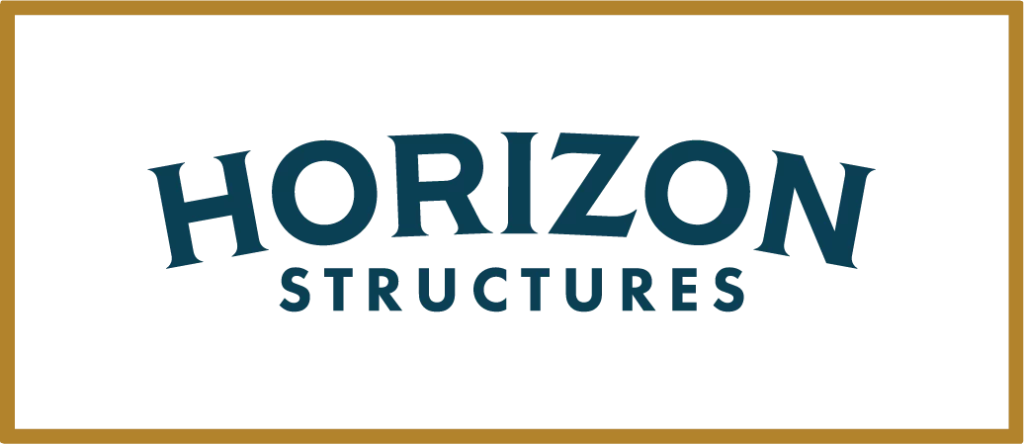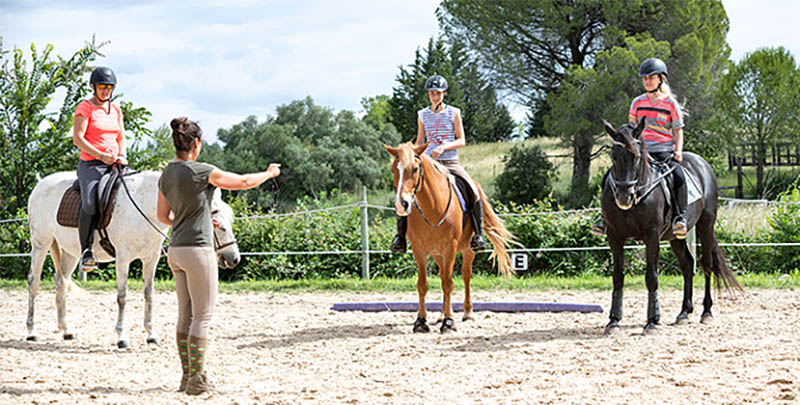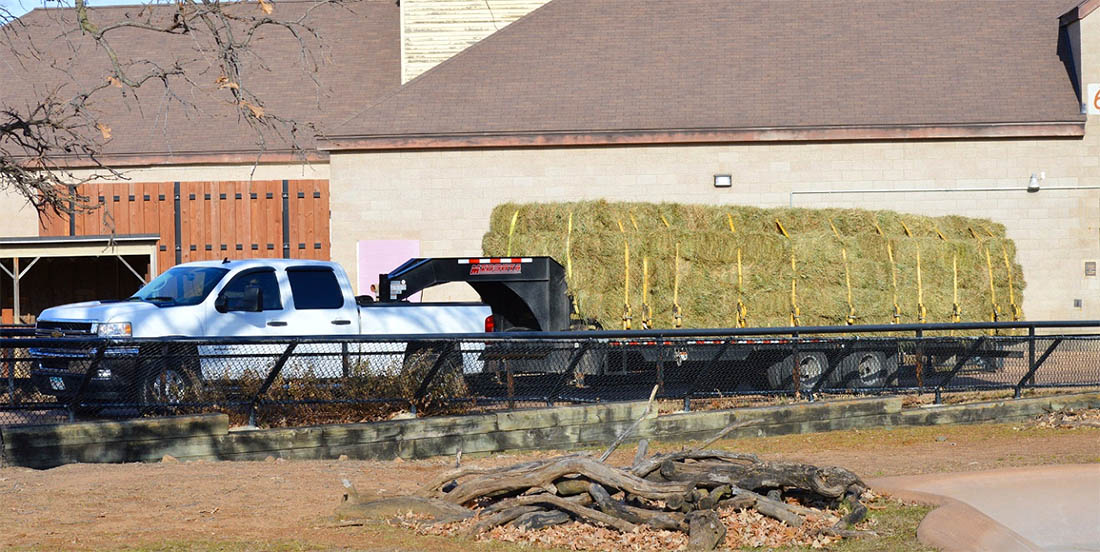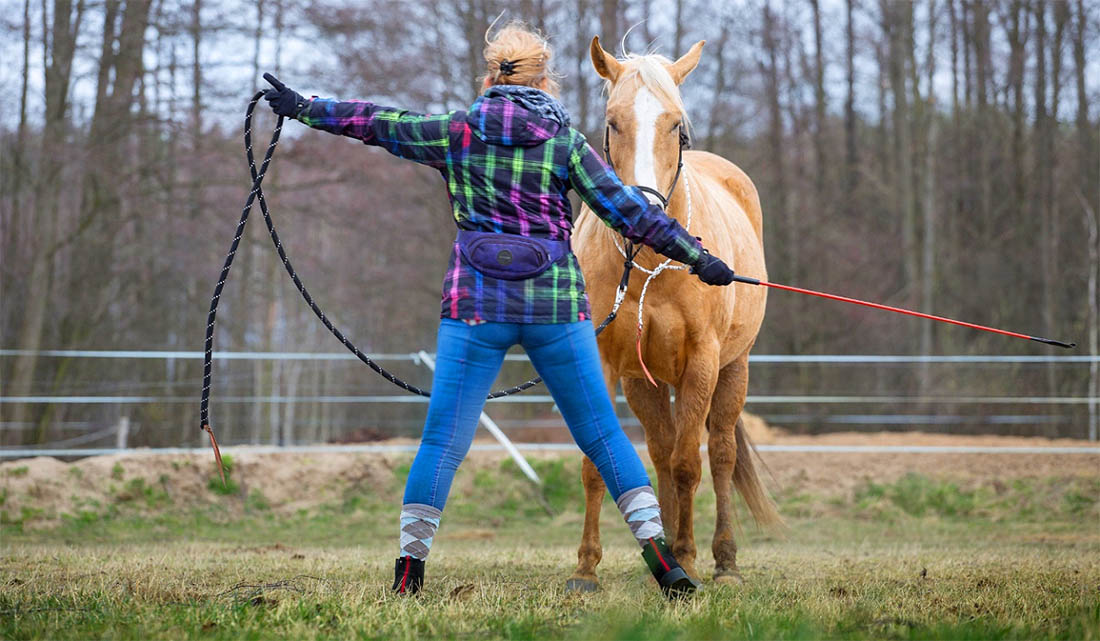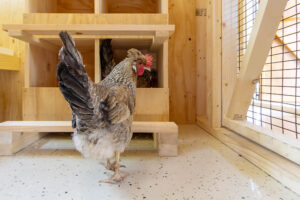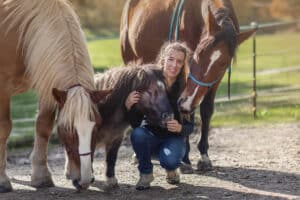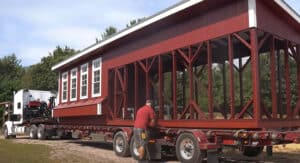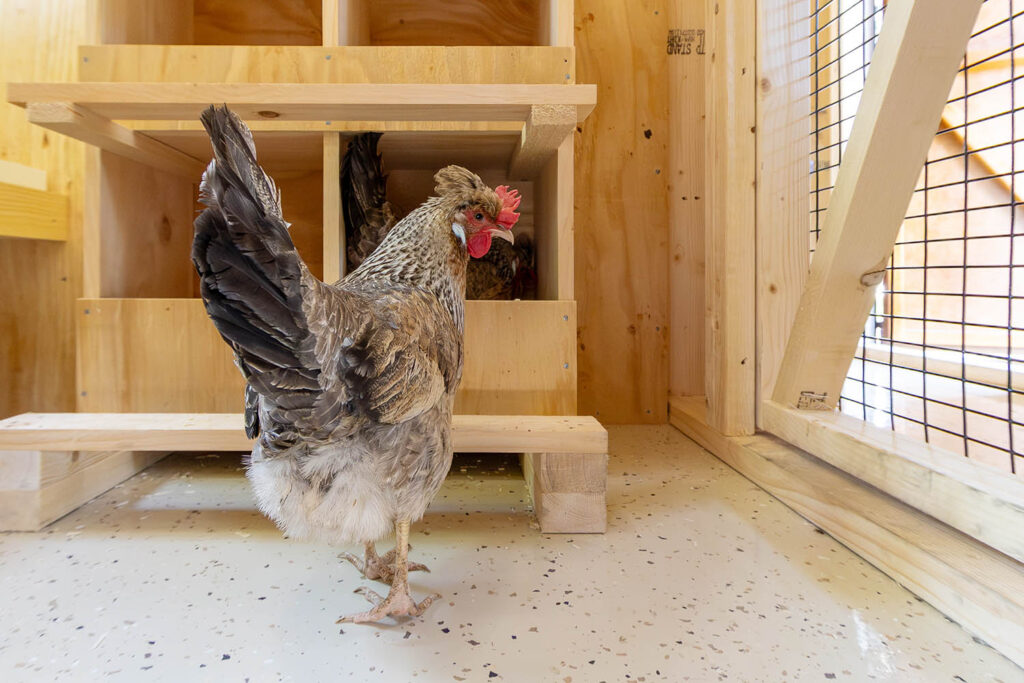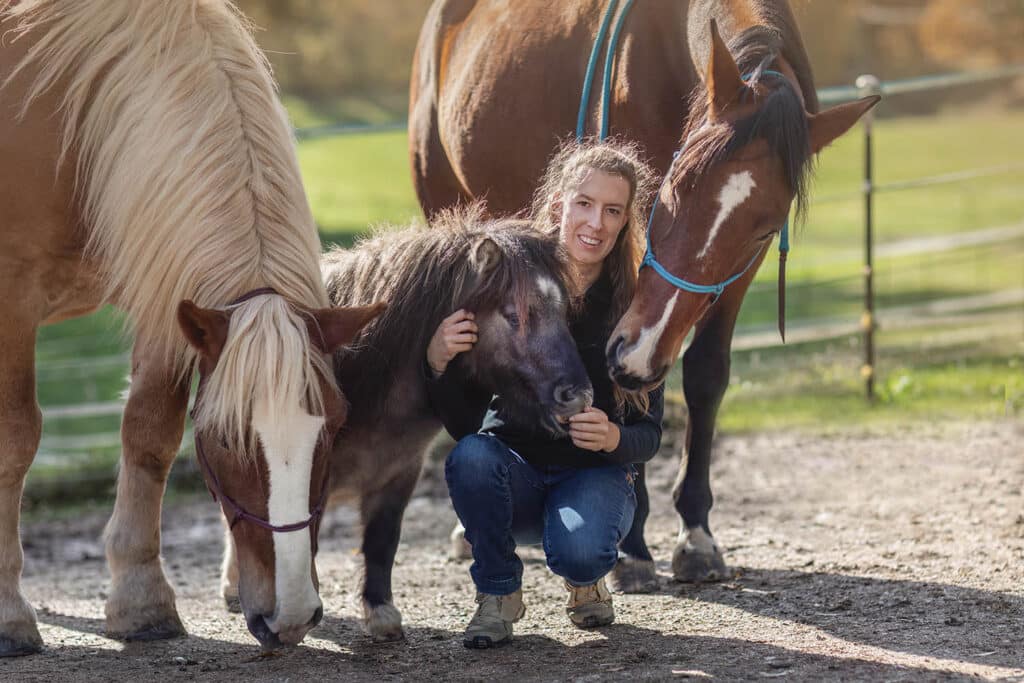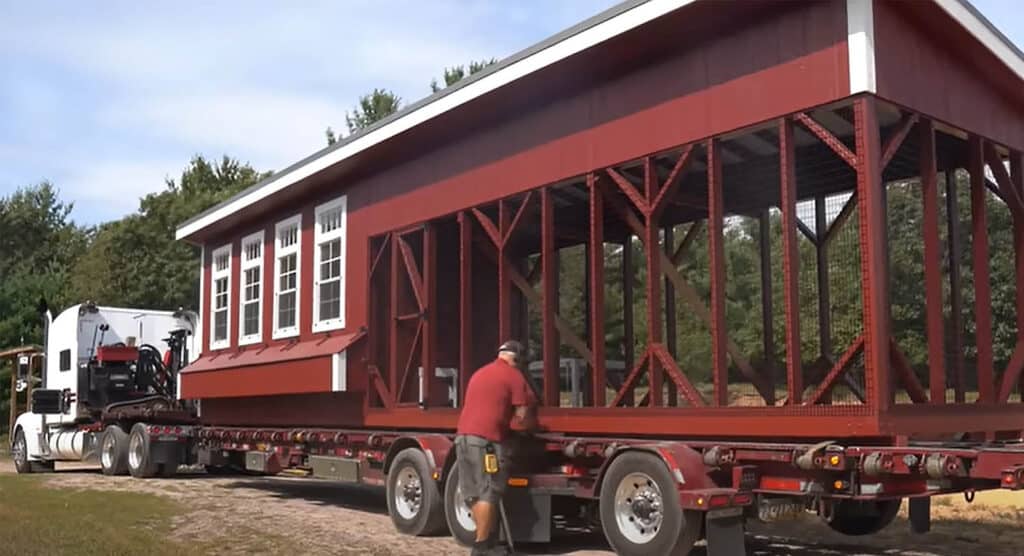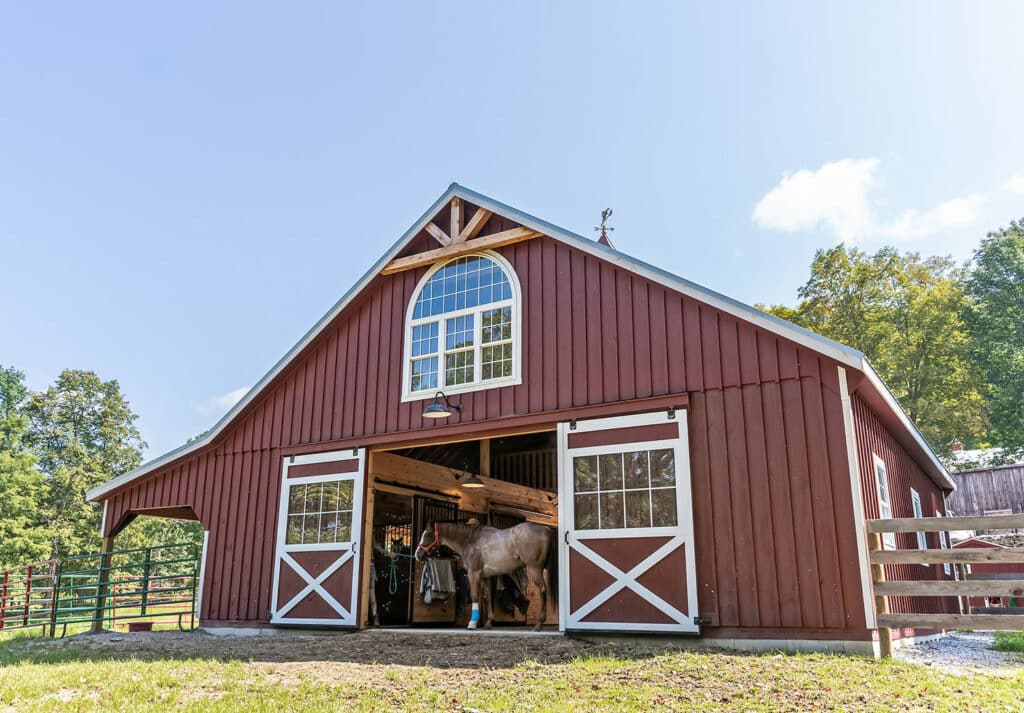The optimistic entrepreneurial spirit is always alive and kicking in the equine business world. Lifestyle choices that offer such a variety of pleasurable pursuits working with the noble horse produce a passionate group of individuals who bring significant financial benefits to their communities. Most recent estimates of the total economic impact of the horse industry in the U.S. is a staggering $122 billion. But it’s not just money that’s at stake; it also creates a whopping 1.7 million jobs.
Ardent horse aficionados that run equine-based businesses run the gamut, from seasoned professional equestrian competitors to highly trained medical personnel to small local riding schools or ranches that offer instruction or trail riding to the masses.
But whatever type of horse business you run, how you run it will make just as much difference to its success as how talented you are handling/training horses and their riders or how much time and effort you put into the operation of the business.
Horse business management falls into two simple categories; good and bad. Think of operating an equine business as one of yin and yang. The contrary forces of what you spend versus what you save complement each other in giving rise to a harmonious outcome, in this case, a sound and successful business.
Save On the Big Stuff – But Wisely
A savvy way to ensure you start your horse business off on the right hoof is to minimize the initial capital outlay for any structures and supplies required, including equipment and all aspects of property development.
Consider the reality that installation of fencing, outdoor arenas, footing, together with horse barn building and pasture seeding/management, will add notable amounts of money to the set-up costs and can quickly bring your financial monthly spend past a good comfort level if you are borrowing the money.
Don’t Cut Corners When You Hammer Out Your Best Deal
When building anything, always get three quotes and compare ‘apples to apples.’ It almost never pays to opt for the cheapest option. Considerations of low labor use and maintenance costs, durable and sturdy builds of good craftsmanship utilizing appropriately sized lumber and on-brand product/material use with warranties, can all combine to improve the real-time spend on the property over time. This diligence automatically translates into good decisions. And that means less expected and unexpected expenses for the business down the road.
Capital outlay in all these areas are not places you should opt for a shortcut. Remember that adding ‘wants’ versus ‘needs’ by including fancy extras such as adding chandeliers or expensive aisle pavers requiring vacuuming, does not translate into more than a ‘bling’ effect. So are not really helping your business model stay sound.
Bear in mind that the loss of income/financial security caused by pulling funds from 401K plans or investments/savings, or taking on a loan/mortgage, all end up in the same place, costing you money. And while a good accountant can advise you on how to amortize/depreciate and deduct expenses to ease a tax burden, you are not ‘writing them off’ from your own pocket (many people tend to think a ‘write-off is someone else paying for it entirely), you are simply minimizing your tax exposure to save a bit of money on the tax bill. Which of course, only matters if you are making a net profit in the first place. It is a smart move to employ a knowledgeable accountant with expertise in the horse business realm.
Minimize Big Ticket Running Costs
Other big spend costs to consider aside from loan or mortgage payments, are likely insurance premiums, labor costs and supplies to provide horse care such as feed and bedding.
There are several ways you can mitigate the expensive costs for insurance and your best resource is a licensed insurance agent experienced in the equestrian marketplace who is interested in working with you to help maximize coverage you obtain while minimizing spending. Here are a few ideas to get you started:
- Build quality structures with good fire-rated components/materials. Consider that a renovated barn build versus a new build may incur a higher liability cost while a newer barn may incur a higher cost for replacement value.
- Install good quality fencing.
- Provide a security system.
- Provide or undertake professional qualifications as an instructor or horse trainer and demonstrate valid experience in your field of expertise.
- Limit your operation to a lower number of stables/horses on the property, particularly avoiding stallions unless you are in the horse breeding business.
- Require any outside trainer/instructors that come to the property to carry their own insurance coverage and validate it is operative and current and meets appropriate limits.
- Insure trucks and equipment for onsite use only where relevant. Farm use registration of trucks is less than commercial use.
- Don’t offer horse transport services to clients.
- Provide evidence of prominent signage relevant for safety/barn rules placed around the property.
- Maintain a professional facility.
- Store flammable products such as hay and motorized equipment separately from horses.
- Have a professional horse person on site 24/7.
- Resource professional equestrian organizations for specialist coverage options.
The operation of any business requires that you understand the limits of your insurance coverage, not just in the dollar amount caps for claim categories but also in what is and is not covered. For example, sponsoring events usually requires additional coverage, as does off-site lesson giving, horse mortality insurance.
Strategies to minimize the expense of other required supplies such as hay and bedding, include buying in bulk; resourcing local suppliers to avoid expensive shipping costs; prepaying for supplies from reliable vendors; securing all supplies from errant ‘borrowing’ or uninvited ‘self-help’ by boarders/visitors.
Labor costs can be saved by establishing a good training personnel program and offer efficiency by providing good equipment to complete any given task. Additionally volunteer resources or grant help with payroll through employment of personnel through ARC {Association for Retarded Citizens of the United States}, can help defray high labor costs.
Remember the lower your staff turnover the lower your cost percentage for unemployment insurance, and the smaller number of accidents requiring disability insurance payouts (or indeed any other forms of insurance claims), the less overall spend will be needed to provide continued insurance.
Keep Your Hands Held Tight on The Budget Reins
It is easy to become overwhelmed with the management skills needed to operate a sound equine business. It is human nature to overlook or procrastinate doing things we are not good at or feel troubled about dealing with but resist the temptation to try and avoid the obstacles on the business management course.
If you leave administration tasks to the last minute or don’t put a good plan of action in place on the monthly calendar to manage the inevitable administration that is necessarily involved in running the business, things will quickly get out of hand. This is especially true of the costs to actually run the business.
There is great satisfaction to be enjoyed taking command of your enterprise and improving your acumen in all aspects of management. Sure, you’d rather be showing your horses or welcoming a new client to a lesson. But sooner or later bad business practices will catch up with you and not in a good way.
Think of it as starting a young horse. There will be times when everything is going along smoothly and the horse learning how to work obediently. But there will also be unexpected hiccups along the way such as a horse becoming injured, sick or randomly misbehaving. You wouldn’t walk away from resolving the issue at hand. It is important to pay the same attention when managing a business problem.
Get Out Of Your Bubble
Aside from minimizing the monthly spend on the above-mentioned items it is also essential that you maximize potential for income.
It is a great idea to get out of your ‘equestrian bubble’ and extend your horsey knowledge to a wider audience. When you increase local awareness of your services on offer it will increase revenue.
Think about participating in local parades, bringing a pony or donkey to give rides at a regional charity fundraiser, taking a vendor stall or sponsoring a local event. As a business owner liaison with other business owners in the area through associations such as the Chamber of Commerce or other clubs can all be helpful to developing a sound business.
Other sources of income may come from leasing out space/structures on your farm. For example, leasing a field for a weekly farmer’s market or an extra line of stalls to another trainer can bring in extra income. Agri-tourism is a very hot income stream in Europe and slowly that is catching on in the U.S. It is always a good idea to think outside the bubble when looking for fresh income streams.
In all farming, diversification is a key to success and horse farming/horse properties are no different. Never be shy to give something new a try. A great example is to add dog boarding to a horse boarding operation. A purchase of a commercial kennel (perhaps one beautifully matched to the horse barn you are building), offers a great way to combine two businesses, that offer a good cross-over with clients as well as increasing the marketing circle and as a result, income.

